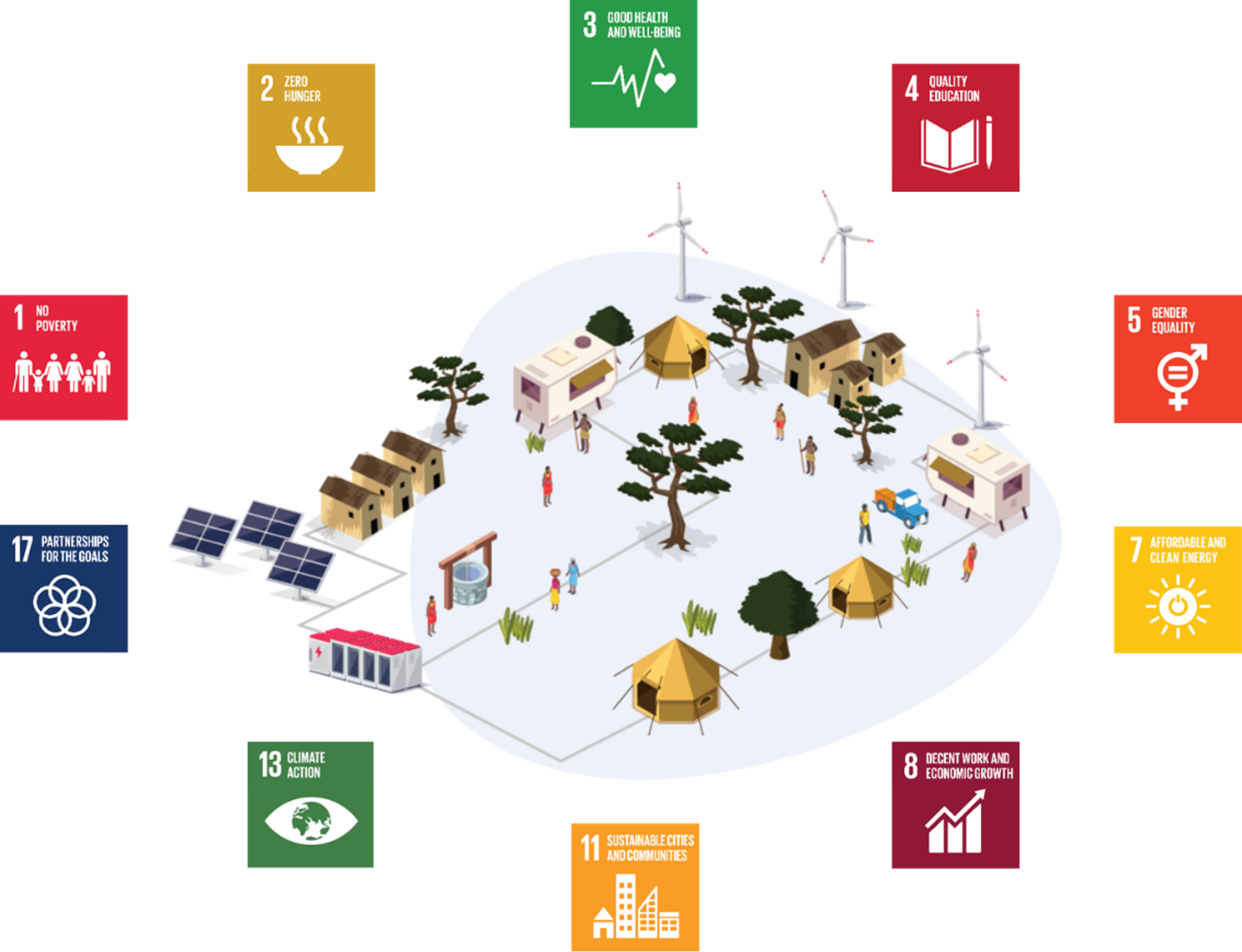GEAR DESIGN
GEAR adopts a holistic approach to improving grids’ efficiency, reliability and resilience

GEAR has been designed following a comprehensive stakeholders’ mapping and needs analysis. GEAR’s areas of intervention have been identified and developed to address the most important barriers to improving efficiency, reliability and resilience of existing and future electricity grids.
A stable grid can provide more hours of access to electricity. This means students are able to study when the sun goes down, leading to higher education rates (SDG4).
Provide technical assistance to policy makers and regulators to develop national market transformation policies based on MEPS and IEC 60076-1
Build capacity of decision-makers on the TCO: utilities and non-utility players, governments (for public procurement)
DTs are purchased by utilities and non-utility players. In both cases, decisions are based on economic analyses which often favour the initial purchase costs, as opposed to the life cycle cost of the equipment. As DTs usually last for over 30 years, the Total Cost of Ownership approach should be adopted.
Present in most developing countries, local manufacturers often do not have the technical capacity to design and manufacture low-loss DTs. A market transformation cannot happen at the expense of the local manufacturing industry, which capacity must be built.
Build capacity of local manufactures on design of low-loss DTs; facilitate access to finance for local manufacturers
Work closely with banks and donors top mandate the procurement of low loss DTs and other technical loss reduction measures
Many electricity grid expansion investments in Africa are funded via the international finance and donor community. Technical loss reduction must be embedded in loan or grant conditions. It makes no sense for the international donor community, in its assistance to developing countries, to finance projects which do not meet sustainability criteria. In addition, there are several financing mechanisms that can be utilized to make the financing of low-loss DTs affordable to non-utility players as well as public utilities.
